Series: What is Church? Part 2
In our last blog we began a discussion on church-planting measurement and the importance of it. How do we know we are church-planting, what does that look like? Part one of this series can be located on our blog page on our website. This week we discuss different topics such as measurement inversion, defining "healthy church", and can a "healthy church" be measured?
The Problem of Measurement Inversion
Church planters who want to measure success often fall into measurement inversion, i.e., they measure what is easy to measure rather than what is most important. Consequently, the data generated by their measurements are not useful for informing strategy. The reports are filed and forgotten. Measurement inversion in church planting has been evident in at least two ways.
First, church planters have focused on activities, which are easy to monitor, at the expense of measuring the outcomes of the activities. Here is a clear example taken from a church-planting manual that has been used in at least 27 countries.2 The manual wisely instructs church planters to set goals that are measurable. The sample goal is, By the end of June I will prepare and lead a series of three inductive bible studies in my cell group on the theme "The Great Commission and Church Planting in Our City." The manual suggests that this is measurable in that by June the church planter will be able to say, “Yes/no I led the studies.” Clearly, that is not the important piece of information. It focuses on monitoring the church planter’s activities rather than measuring the success of the studies.
A true outcome metric would be, “The people in my cell group have adopted a Great Commission mindset and desire to plant churches in our city.” A similar example comes from Breslin’s article in EMQ October 2007. He presents five indicators to track progress in a church plant. The first three, “Making contacts,” “sowing,” and “watering,” focus completely on church planters’ activity. The fourth, “reaping,” tracks an undesired outcome in that it counts people who have made a decision but are not connected to the church. Only “keeping” is a true outcome. The tool does not distinguish between activity and outcomes. In fact this is demonstrated this in Breslin’s statement, “We believe that it is good and reasonable to hold teams accountable for the amount of sowing that they do as it is one of the few measurable outcomes within their direct control.” Sowing, however, is clearly an activity carried out by the church planters rather than an outcome.
Measurement inversion also appears in much Church Growth literature. Though Church Growth writers repeatedly stress the importance of growing quality churches, they focus their measurements almost exclusively on the size and growth rate of the church. Smith provides a clear example of church growth’s measurement inversion. He defines the eight bodies of facts that must be measured for church growth: total membership, new membership over the period of time being studied, stability of membership (i.e., Are people staying in the congregations?), actual worship attendance, number of families in membership, the number of missionaries present, the dependence on missionaries, church growth versus population growth, and financial records to indicate if giving is increasing or decreasing.
These metrics simply focus on size rather than the quality of the church. If quality is important it needs to be measured. Barna eloquently points out the error in simply focusing on numerical growth as the measure of success:
The assumption is if the number for each of these is bigger each year we are growing and, therefore, healthy. Here is the problem. Jesus Christ did not die a horrifying death on that cross to fill the seats in your auditorium. Jesus died to see people's lives completely, and totally, and joyfully, and joyously transformed.
The object of our measurement, therefore, should not focus on the growth of our church, but on its health. That is not to say that the church must grow healthy first and then focus on outreach and numerical growth. Rather, it means that healthy churches will naturally grow.
Defining “Healthy Church”
The best definition of a healthy church is, obviously, God’s definition! Warren argues that the church’s purposes (which are also the church’s metrics) must come from the New Testament’s description of what the church is to be.9 Corwin agrees, and argues that church planters need to take their focus off of repeating past forms of church, or even creating new forms of church.
They need to, “recognize essential biblical patterns” and seek to develop these characteristics in their churches. God has defined “healthy church” in his Word, and this must be the foundation for defining the end goal of church planting. This question remains, however: Can “church health” be measured?
Can Church Health be Measured?
To answer the question, it is important to understand what measurement is. Hubbard states that even in cases where the subject in question seems intangible and immeasurable, “If it’s something that you think exists at all, then it’s something you’ve already observed somehow.” It follows that if you are able to observe something, you are able to measure it in some way. Hubbard then explains that often people assume that for something to be effectively measured, it needs to be reduced to an exact representative quantity. He explains, however, that, “For all practical purposes, the scientific crowd treats measurement as a set of observations that reduce uncertainty where the result is expressed as a quantity.”
Measurement, therefore, is uncertainty reduction; it is not a perfect representative quantity of what is being observed. Hubbard goes on to say that, “Not only does a true measurement not need to be infinitely precise to be considered a measurement, but the lack of reported error ‐‐ implying the number is exact ‐‐ can be an indication that empirical methods, such as sampling and experiments, were not used (i.e., it’s not really a measurement at all).”
In other words, all true measurements have a certain amount of error. The point of measuring is not to eliminate all error, but to reduce uncertainty about the thing being observed so that we can make informed decisions. In designing a measurement instrument for church planters, therefore, we have to begin by defining what we want to observe, and then design a method for consistently quantifying our observations.
In our final blog in this series we will discuss some of the specific ways to measure church growth and how those can be strengthened and established in a team setting.



.png)



